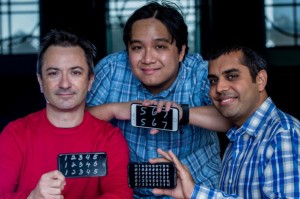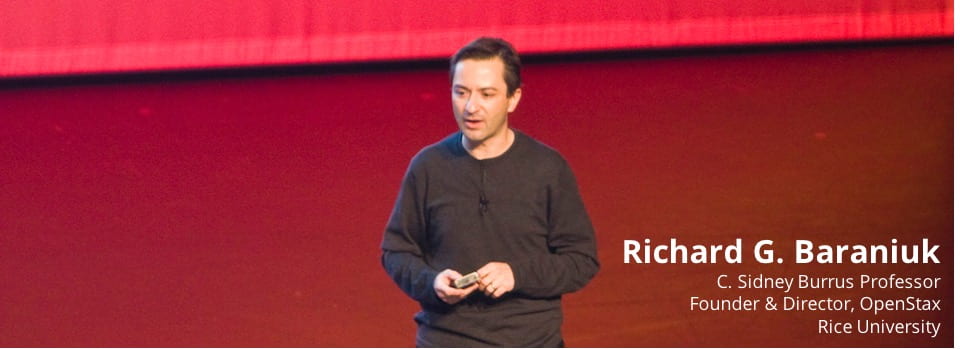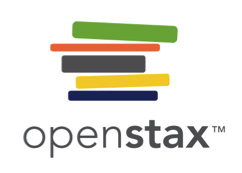 College students love highlighting textbook passages while they study, and a team of researchers in three states will apply the latest techniques from machine learning and cognitive science to help turn that habit into time well-spent.
College students love highlighting textbook passages while they study, and a team of researchers in three states will apply the latest techniques from machine learning and cognitive science to help turn that habit into time well-spent.
The four-year, $1 million research program at Rice University, the University of Colorado-Boulder, and the University of California-San Diego (UCSD) is one of 18 grants announced today by the National Science Foundation as part of the BRAIN Initiative, a coordinated research effort to accelerate the development of new neurotechnologies.
"Highlighting is something students naturally do on their own, and we want to create software that can use those highlights to improve both their comprehension and knowledge retention," said Phillip Grimaldi, a co-investigator on the project and research scientist at the Rice University-based nonprofit textbook publisher OpenStax.
OpenStax uses philanthropic grants to produce high-quality, peer-reviewed textbooks that are free online and used by more than 680,000 college students at more than 2,000 colleges and universities. Grimaldi said the research team plans to use OpenStax books and learning tools in a number of ways.
First, they will ask OpenStax users to volunteer their highlights for a database that can be mined for clues about the volunteers' understanding of the text. The researchers also will conduct laboratory experiments at Rice, UC-Boulder and UCSD to come up with new software that leverages the highlighted information to improve learning outcomes.
One reason the big-data approach is needed is that by itself, highlighting isn't a very effective way to learn, Grimaldi said.
"A number of studies have shown that highlighting does little to improve learning outcomes, but students tend to think that it does, and it makes them feel good about studying," he said. "At the same time, college students generally aren't willing to change how they study, so we want to piggyback on what they're already doing -- spontaneously annotating passages of text -- and turn that from a marginal activity into one that improves learning."
This project is funded by a grant from the National Science Foundation's Cyberlearning and Future Learning Technologies program. The researchers plan to create software that can predict how well students will perform on tests based on what the students highlight in their textbooks. The researchers will then create tools that use the material a student highlights to create customized quizzes and reviews for that student. The team also will try to determine the optimum time to give those quizzes and reviews to maximize comprehension and retention.
"Data from highlights supplied by OpenStax users will enable us to create tools that are both sensitive to each student's interests and robust to poor highlighting choices," said Richard Baraniuk, co-principal investigator on the project, founder and director of OpenStax and Rice's Victor E. Cameron Professor of Engineering. "The idea is to reformulate selected passages into review questions that encourage the active reconstruction and elaboration of knowledge. The design and implementation of the tool will be informed by both randomized controlled studies within the innovative OpenStax textbook platform and in coordinated laboratory studies."
CU-Boulder's Mike Mozer is the principal investigator on the grant, and co-principal investigator Hal Pashler will lead the activities at UCSD.
Read the press release
 Finally, a deep convolutional network that doesn't require much "hand-holding" in the form of training examples.
Finally, a deep convolutional network that doesn't require much "hand-holding" in the form of training examples.











